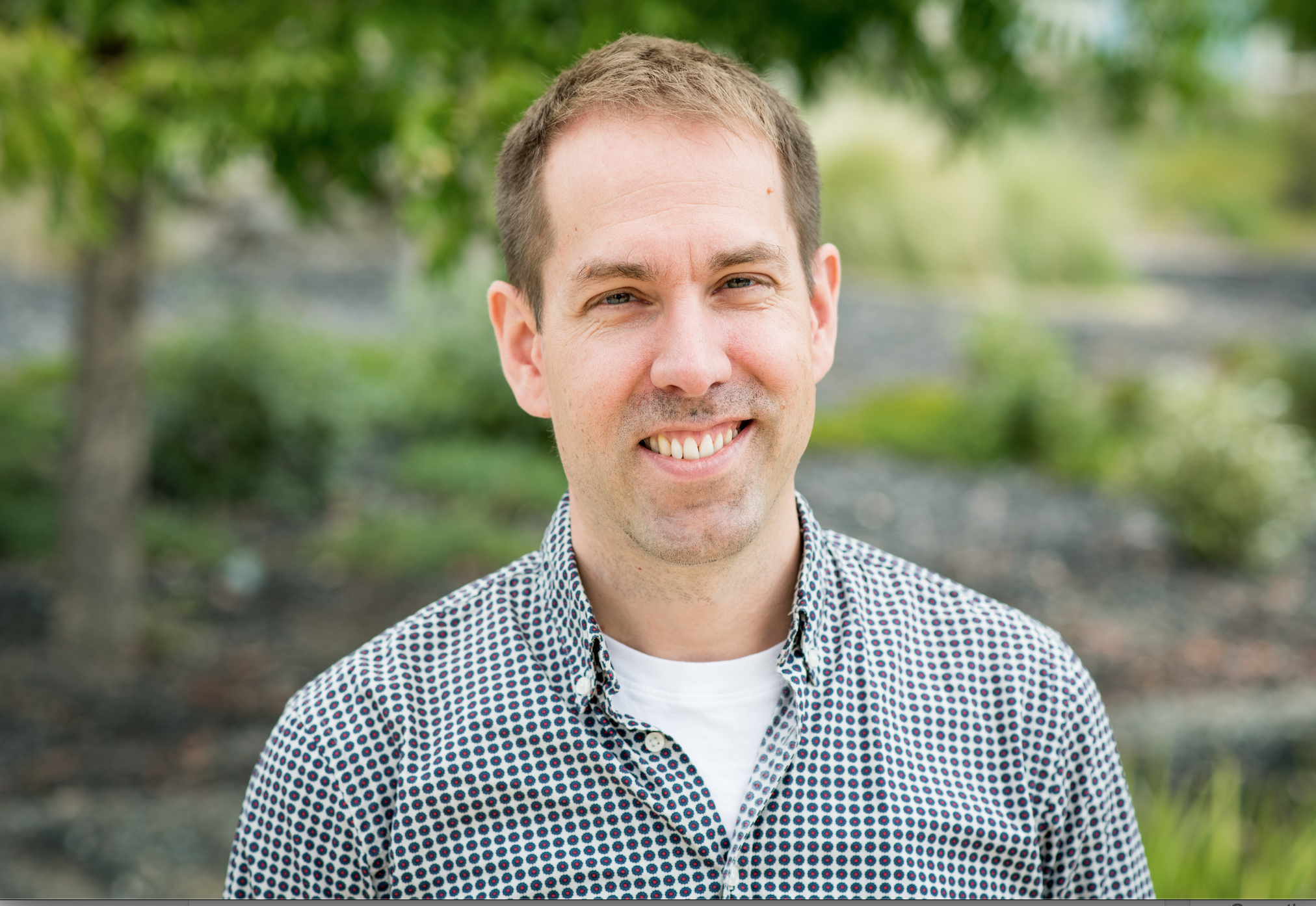Antoine M. Snijders
Department Head, BioEngineering & BioMedical Sciences
Biologist Senior Scientist
Biography
This comprehensive systems biology approach will likely identify specific genes or pathways and microbial clades that are differentially controlled between individuals, and contribute to human variation in susceptibility to environment factor-induced disease. By exploiting the power of mouse genetics using Collaborative Cross (CC) mice, together with human cohort studies his laboratory determines the influence of individual variations in disease susceptibility. The long-term implications of these studies for human health are significant – it may be possible to increase tolerance/robustness to environmental exposures by providing sensitive individuals with probiotics that have select degradation pathways. Moreover, this understanding is important in order to formulate novel preventive strategies including educating health practitioners, families, and public health providers and organizations regarding the potential risks of environmental exposures.
Research Interests
My research goals are to understand cancer tumorigenesis specifically addressing key questions concerning the contribution of host genetics, environmental exposures and their interactions in cancer risk and tumor progression. My laboratory uses a systems biology approach, together with novel mouse models to identify genetic networks controlling susceptibility to cancer risk. Precision medicine is an emerging approach for disease treatment and prevention that takes into account individual variability in environment, lifestyle and genes for each person. Genetic susceptibility is a major component that contributes to the variability in disease susceptibility. Thus, identifying the genes involved in susceptibility to cancer may have potential utility in developing novel personalized medicines, lead to greater understanding of the biological pathways involved in cancer development, and elucidate how environmental factors exert their effects in combination with genetic variants. The broad and long-term goals of my laboratory are to identify how the interactions of combinations of genes and their functional polymorphisms and environmental exposures (including for example thirdhand smoke) contribute to disease susceptibility of individual human subjects. Major problems in assessing human cancer risk are that humans are genetically heterogeneous and exposures are pervasive and difficult to quantitate. Parallel exposures to multiple chemicals and lifestyle factors that can negatively impact health further confound efforts to assess risk. Population based mouse models offer many advantages for the study of the genetic basis of complex traits, including cancer, because of our ability to control both the genetic and environmental components of risk. My lab exploits the power of mouse genetics using Collaborative Cross (CC) mice, together with OMICS analyses to determine the influence of individual variations in disease susceptibility. This comprehensive systems biology approach will likely identify specific genes or pathways that are differentially controlled between mouse strains, and contribute to human variation in susceptibility to environment factor-induced carcinogenesis.
To learn more about thirdhand smoke, visit the Thirdhand Smoke Resource Center (www.thirdhandsmoke.org).
Recent Publications
Related News
A New Genetic Hallmark for Predicting Breast Cancer Outcomes
Biosciences researchers have used Collaborative Cross mice, a mouse model system designed to mimic the diversity of human populations, to identify a set of genetic factors that could help refine treatment approaches for a fast-growing form of breast cancer.
Biological Systems and Engineering Division Leadership Changes
Biological Systems and Engineering (BSE) Division Director Blake Simmons announced that following a search, Justin Heady has been named the BSE Deputy for Operations. There will also be changes in the leadership of the Bioengineering and Biomedical Sciences Department, effective August 12, 2024.
Infrared and AI Detect Low-dose Radiation Long After Exposure
Biosciences researchers have established a powerful new method that couples advanced infrared imaging techniques with statistical machine learning models to quickly and non-invasively determine with high accuracy whether an animal was exposed to radiation—even at extremely low doses almost three months post exposure.




